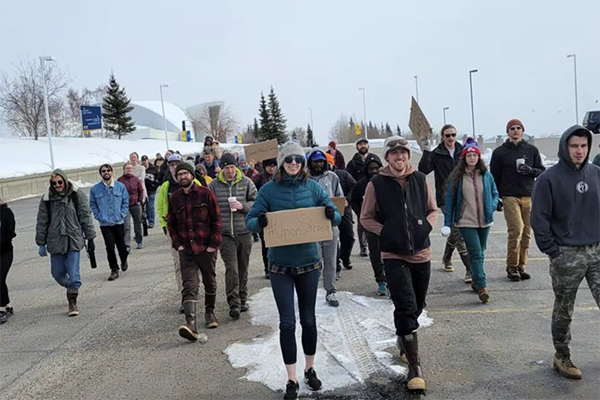The Bargaining Unit definition includes: Graduate Assistants (including Teaching Assistants, Research Assistants, Service Assistants, and Engagement Assistants) Student Assistants, and Fellows enrolled in graduate programs.
Regular, full-time University employees, regardless of whether they are enrolled in a graduate program, are not part of AGWA/UAW.
-

University of Alaska and graduate student union reach tentative 3-year contract agreement
April 30, 2024Read the Press ReleaseThe University of Alaska administration has reached a tentative initial agreement on a three-year contract with the Alaska Graduate Workers Association (AGWA), the newly formed union representing graduate student employees. The contract terms are July 1, 2024, through December 31, 2026.




